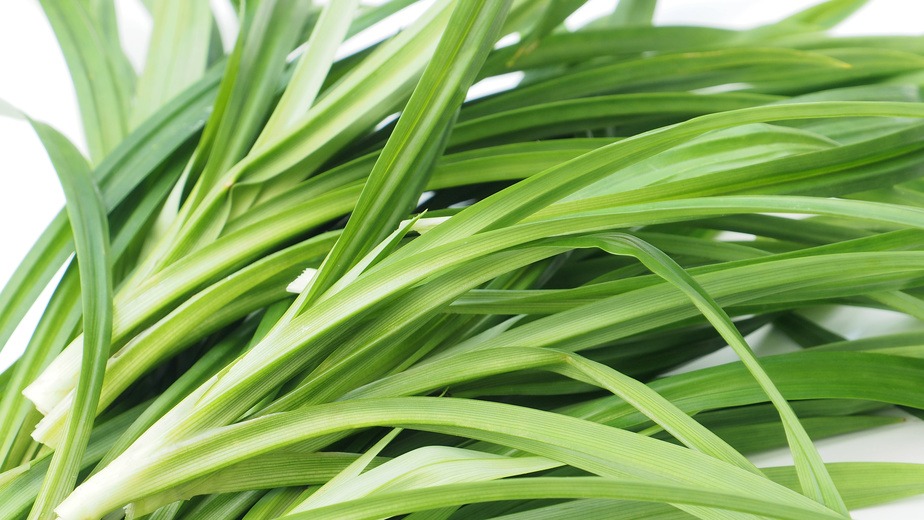Vanilla is one of the most labor-intensive food products to produce on earth. The flowers are pollinated by hand. The pods are harvested, soaked, wrapped, put into boxes to steam, and then laid out on mats in the sun for one hour each day for months. Because of this, they have never been cheap.
After people began demanding natural ingredients in their foods, large companies like Nestle and Hershey’s switched from using the lesser vanillin to real vanilla in their products, and vanilla prices surged.
Madagascar produces about 80 percent of the world’s vanilla. Like all crops, world events can affect its price. For example, when a cyclone hit Madagascar in March 2016, it destroyed about a third of the crop. Vanilla prices reached an all-time high.
Chefs and manufacturers are accustomed to price fluctuations. But when one of your primary ingredients jumps in price that much, you are faced with some big decisions—switch to vanillin or natural vanilla flavor, take the hit, pass the cost onto your customers, or get creative.
Many chefs choose to get creative with pandan when vanilla prices spike.

Pictured here: Pandan
What Is Pandan?
Pandan a.k.a screwpine is a tropical plant that grows in Southeast Asia. It has bright green leaves and a soft aroma. You can find pandan leaves for cooking in the frozen section or as an extract or paste in Asian grocery stores and online.
What Does Pandan Taste Like?
Pandan’s flavor is difficult to define but can be described as floral with citrus and pine undertones. It imparts a sweet, delicate taste to sweet and savory dishes.
It’s often said that pandan is to Asia what vanilla is to the Western world. Though it does not taste like vanilla, it can be used in similar applications.
How To Cook With Pandan
Pandan leaves can be pounded into a paste or wrapped around foods. Like vanilla beans, they can also be used to infuse flavor into liquids. Try using pandan leaves to make:
- Crème brûlée and ice cream. Add leaves to the dairy or plant-based milk and let sit overnight.
- Sweet sticky rice. Wrap cooked rice with leaves to infuse with flavor.
- Cocktails. Try infusing simple syrup with leaves and then use in a cocktail. We like this recipe for Pandan Fashioned Cocktail from Union Bar.
Pandan extract and pastes can be used to flavor any baked good. Some pastes have a green color, so they will also color whatever you use it in. Use pandan extract or paste as you would vanilla to make cakes, cookies, and pastries.
Asian cuisine is a big deal the last few years, and while people have been using pandan to flavor dishes in Asia for a long time, it’s a new frontier here in the U.S. We look forward to seeing what chefs come up with!
Read more about what’s coming up in the culinary world with the latest in FDR Food & Beverage Trends!
Thanks for stopping by and reading the Food & Drink Resources blog. Here we talk about food trends, culinary innovation, and the work of our team.
